June 2020

The importance of cultural awareness
It is essential to be mindful of cultural awareness in disaster response. As disaster professionals, it is optimal to align with the needs of the community. Race and culture are hot button issues in our world today. In the United States, we are experiencing turmoil similar to the rioting in the 1960s. This blog is not a commentary on politics, economics, or racial tensions but meant to describe how we can improve our effectiveness during and post-event.
My goal is to provide practical guidance to others based on best practices and experience. Responding to an emergency is intense, requiring targeted and timely inputs. The recovery phase is often much longer, with resources dwindling significantly over time. Generally, there are four recognized phases of disaster emergency management. It is exponentially easier to achieve effective and equitable results at each stage when you take culture and race into account. Ethnicity should also be a consideration.

Recognizing culture: tuna fish and hot sauce
There’s no easy way to say this, so it is best to be blunt. Bringing culture into the mix of a typically regimented process like emergency management and disaster recovery is not simple. However, I have seen that to leave it out of the equation is worse. It is best to acknowledge cultural differences while emphasizing your willingness to help.
An early example of this from my own experience comes from working on the Red Cross’ September 11 Recovery Program in NYC. The program’s focus was to assist residents south of Canal St., first responders and family members of decedents. The case management team recognized that it was having limited success with people in Chinatown. After consulting with locals, they came to understand that the standard Red Cross process was too westernized and would not work. The leadership shifted and worked with area leaders to embrace the cultural norms of being brought in by people the community trusted. After this, they began to see community members engaging successfully with the program.
A story once relayed to me concerned tornado response in Texas. The relief group set up a family shelter and became worried when residents left food untouched. After making inquiries, they learned that the majority Mexican heritage population simply did not eat tuna fish sandwiches that offered to them. They learned rice and beans were a better fit. When I participated in Operation Helping Hand here in MA to welcome New Orleans residents, we learned very quickly to put hot sauce on the tables in the mess hall. It became such a partnership that they consulted the staff on the menu for the duration of their stay.
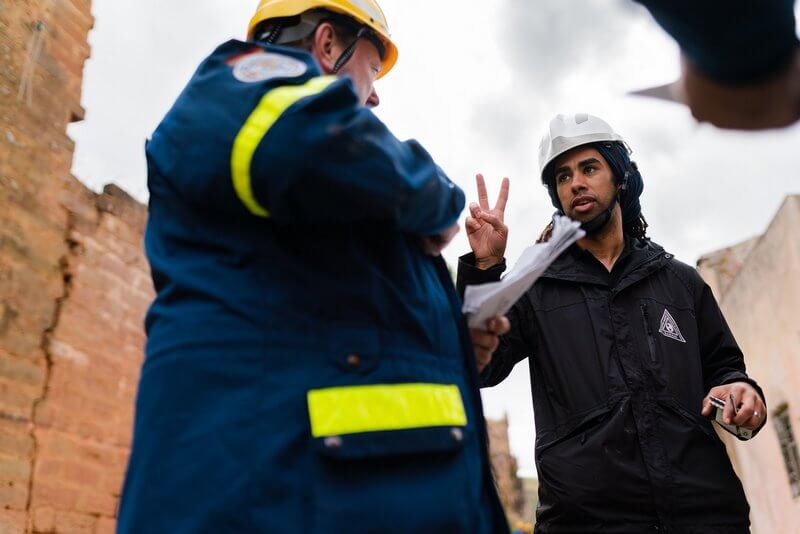
Establishing partnerships is key
Establishing partnerships is critical. One of the main things I learned as part of state and federal government teams is that the locals should manage the response. We were always guests providing support. The community took the lead. They were on premise before we got there, and they would be there after we left. The community members knew their own needs best, and government support was supposed to fill in the gaps.
Six tornados hit the Western Massachusetts area in June of 2011. After launching a SAMHSA-funded Crisis Counseling Assistance and Training Program (CCP), we learned quickly that the most impacted communities were highly self-reliant. We had limited success but were thrilled that the close-knit towns came together quickly to help themselves. Their culture was one of independence and caring for their own. In this case, it was best to understand from having cultural competence in disaster response not to force our services on them.
In my experience, the initial impulse after a disaster is for communities to show up and expect others to rescue them. However, these outsiders—often government or disaster relief organizations—are ill-suited to provide it. Instead, an approach that provides a support framework and allows the local structure to guide the process is much more successful. I talked about the importance of fostering a culture of preparedness in my blog about the California Earthquakes – All Disasters Are Local. But, don’t take my word for it, Chamutal Afek Eitamaid explained it much more eloquently. In her Ted Talk about Smart Disaster Recovery, where she says the solution is for communities to do their disaster planning and learn how to help themselves without outside aid. I encourage you to watch it and related talks by other thought leaders in the field, Ten Inspirational Ted Talks for Disaster Professionals.
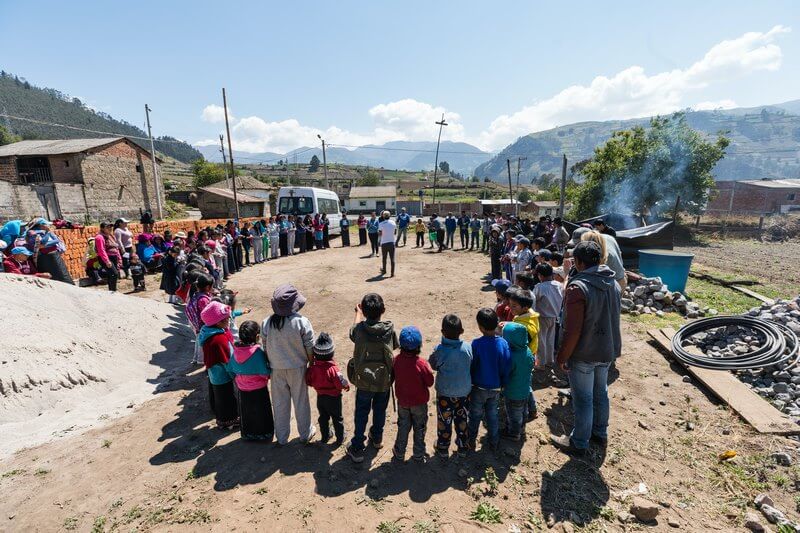
We can do better
We can build better cultural awareness in disaster response. Like you, I am thinking about the sad events of the past few weeks and ruminating on how we can do better in the disaster field. Step one is to acknowledge that we still do not do an excellent job of preparing communities for disasters. Part of this is because most populations are not homogeneous. I have talked before about my admiration of the Japanese and their success in disaster preparedness. Their success maybe because they are a stable, cohesive society that aligns around shared values and norms.
That does not preclude places with diverse groups from working together to get ready for disasters, but it does take more work and sensitivity. Some Native American tribes have no equivalent for the word disaster! To be successful working with multi-cultural and disparate groups, it encourages disaster professionals to build competence and flexibility in recognizing others’ values, beliefs, attitudes, and behaviors. Cultural competence in disaster response is about continuing to grow and be at ease in unfamiliar situation.
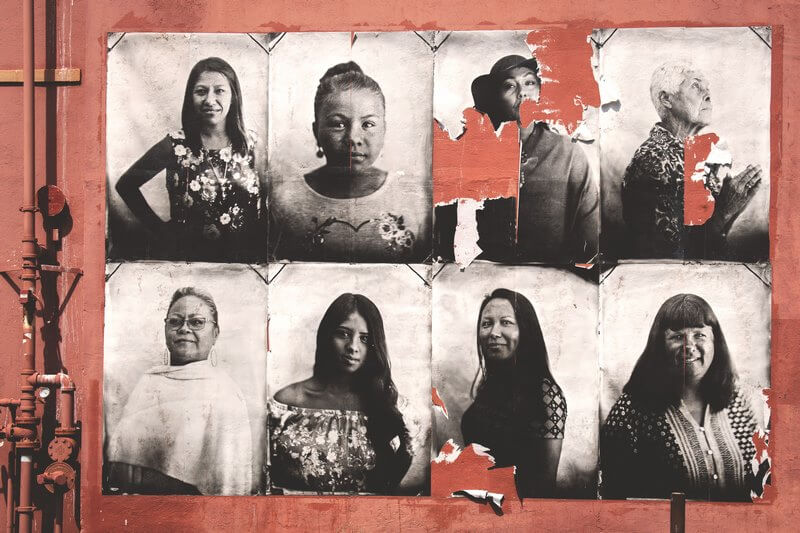
What can we do to build cultural awareness?
The best thing we can do is to know our framework and be open to the fact that others think or may do things differently than our norm. Be prepared to be receptive and adaptable to the evolving needs of the people you are engaging during each disaster phase. Ask community members what they need.
After hearing that responders did not have much success with assisting native tribes, two dedicated men investigated. They learned that providing hardcopy guides, such as The Native Family Disaster Preparedness Handbook worked best for people living in rural areas with limited resources. During an Ebola response in Africa, Shalini Unnikrishnan realized how less suffering and death could occur. She discovered that if public health officials altered their stringent protocols and worked directly with tribes’ people that they could save lives.

Arm yourself with cultural learnings
Try to learn and arm yourself with cultural learnings ahead of working with unfamiliar populations. Use guidance like SAMHSA’s tip sheet for Cultural Awareness When Working In Indian Country Post Disaster, which can serve as a baseline to gain an understanding of cultural standards. Asking for help from local leaders or consultants is always encouraged.
Conversely, do not assume outside guidance is accurate. Cultural norms can differ, so always work to validate your understanding. Individuals are different, try not to stereotype cultural groups or races. Accessing historical knowledge is good, but it should be a starting point. Always fact-check and vet with the people you are trying to help. When in doubt, inquire directly with them.
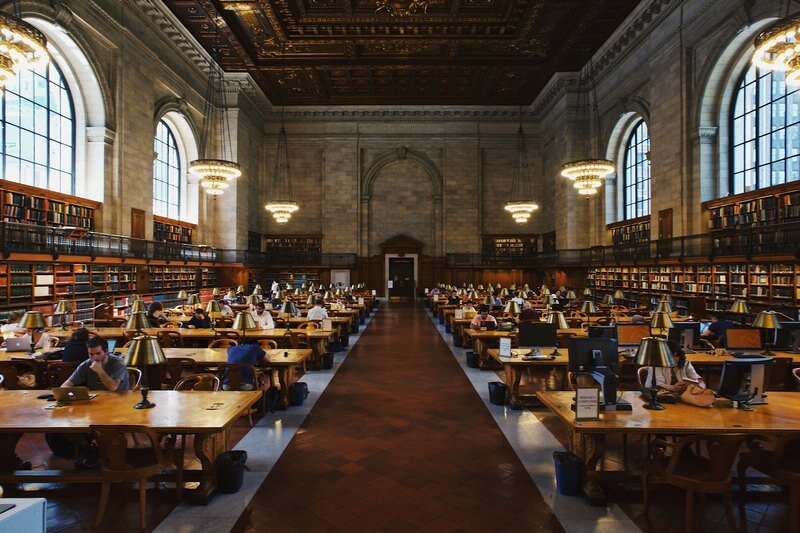
Commit to life-long learning
I find that being a life-long learner and increasing my understanding of others serve me well. You may find it helpful to keep your cultural knowledge up to date. One way is to read books like Vincent Davis’ Lost and Turned Out A Guide to Disaster Preparedness for Underserved Communities. You may prefer learning by doing, so you could also volunteer in your community with local groups serving various populations.
Your greatest asset is an openness and a willingness to acquire knowledge. I always start by reminding myself that I have my own culture. It is likely different from the person I am working with or trying to help. Even if we share race or ethnicity in-common, we may come from different regions, heritage, or socio-economic backgrounds. First, I recommend building a rapport. Additionally, I keep in mind that their recent disaster experience may impact their emotions and behavioral responses.
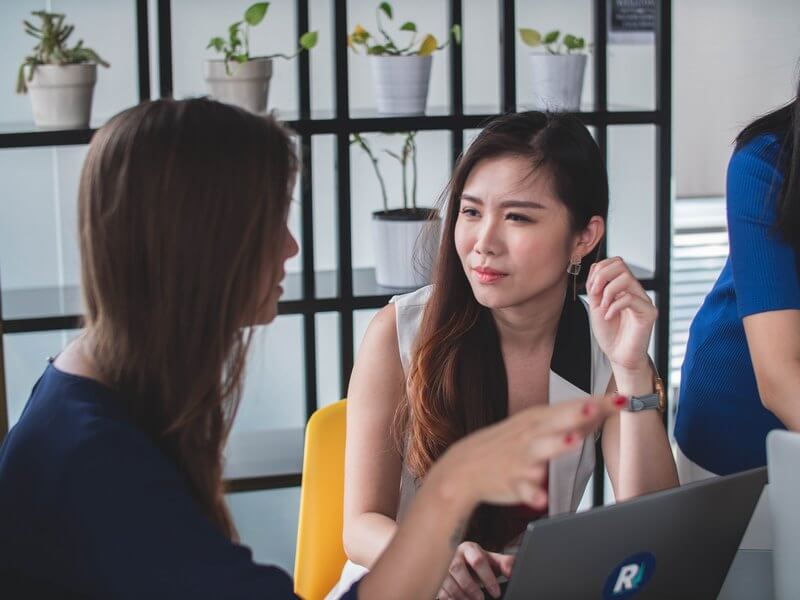
Expect to make mistakes
Expect to make mistakes. In my early twenties, I engaged in social work. I was assigned to work with the local Wampanoag tribe here on Cape Cod. Being inexperienced, I failed to recognize that the regional community director was trying to welcome me into engaging the tribe. She did this by inviting me to take yoga classes with some of the tribal women and get to know me better. I was not savvy enough to realize the opportunity she was providing me. By declining, I was missing a chance to build trust.
When in doubt, practice more active listening. No one turns down a chance to talk about and express themselves. If you want to be more aware, build your situational awareness. Work on noticing things more and talking less.

Allow communities to take the lead
Last, and I think most difficult for us problem solvers, is to let the community fix itself. They may not do the way we would recommend, but it will accelerate healing. Community members will likely come up with a solution you would never have thought of yourself. And, it will be a solution that is best for their values and beliefs. Ideally, they will embrace disaster risk reduction measures that assist them in mitigating future events.
I firmly believe that disaster management is most effective when it is driven and embraced locally. In the US, we strayed too far from the local model, where community members helped each other. Because this is not an ideal situation, disaster professionals must continually build their cultural competence muscles. By embedding cultural awareness in disaster response as part of our toolkit, we can produce better outcomes and increased operational effectiveness.
